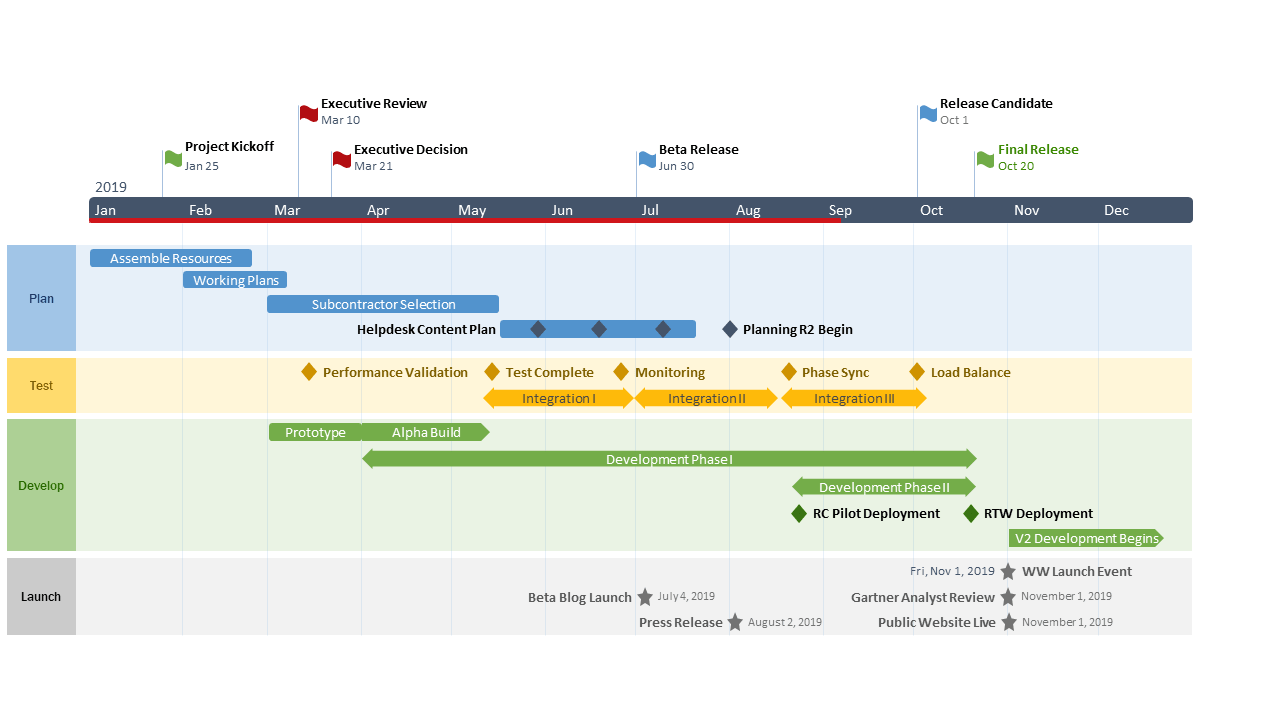

This step will help you prevent scope creep, or how a project’s requirements tend to increase over a project lifecycle. Identifying exactly who’s accountable for tracking these risks is essential. It also involves outlining the potential risks associated with meeting these expectations and providing countermeasures to mitigate these risks. By defining a project’s scope, you set the boundaries for a project’s start and end dates as well as expectations about deliverables and who approves requests-and what merits approval- throughout a project. There are few things worse than starting on a project only for it to balloon. Since a third of projects don’t meet their original goals, it’s important that project managers review the project plan regularly to stay on track. For project managers, the executive summary serves as a quick reminder of the key project goal, scope, expectations, and limitations.

This snapshot of your project makes it easy for key stakeholders who aren’t actively involved in the mechanics of the project to understand it. An overview of the project timeline and schedule-based risks.The final deliverables and acceptance criteria.Your chosen project methodology/framework.It should be no longer than a page, offering a brief overview of: It should restate the purpose of the project plan, highlight the major points of the plan, and describe any results, conclusions, or recommendations from the project.Įven though it is at the beginning of your project plan, it’s something you will write last, as you’ll be pulling out the main points from the rest of your plan. The executive summary goes at the beginning of your project plan and should summarize the key points of the project plan.

Should you start with an executive summary? However, we recommend you use the following six questions as a springboard for creating one. There are no hard-and-fast rules for a project plan. This leaves no room for confusion and delay in the workflow and progress of your projects. A project plan can help to curtail wily overspending and late turnaround by identifying these issues early. If you look at the numbers related to project management, it’s easy to understand where a project management plan could have a positive impact- 50% of projects aren’t completed on time, and 45% of projects are over budget. A project plan also makes it easy to pinpoint when problems arose, so you can be better prepared for future projects. Much of this can be avoided by accounting for unexpected holdups or changes in circumstances within your project plan. This is where the team ends up doing more work than originally planned. Over half of all projects experience something called scope creep.

In short, your project plan serves as a central hub to define, organize, prioritize, and assign activities and resources throughout your project’s life cycle.


 0 kommentar(er)
0 kommentar(er)
